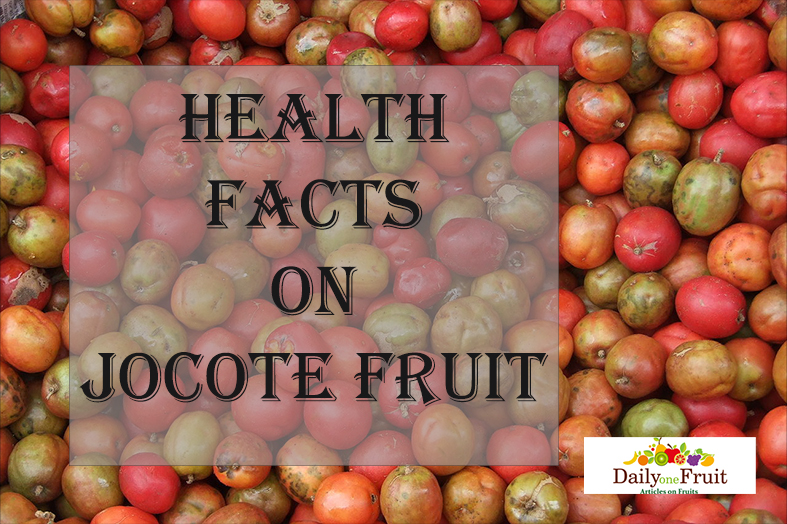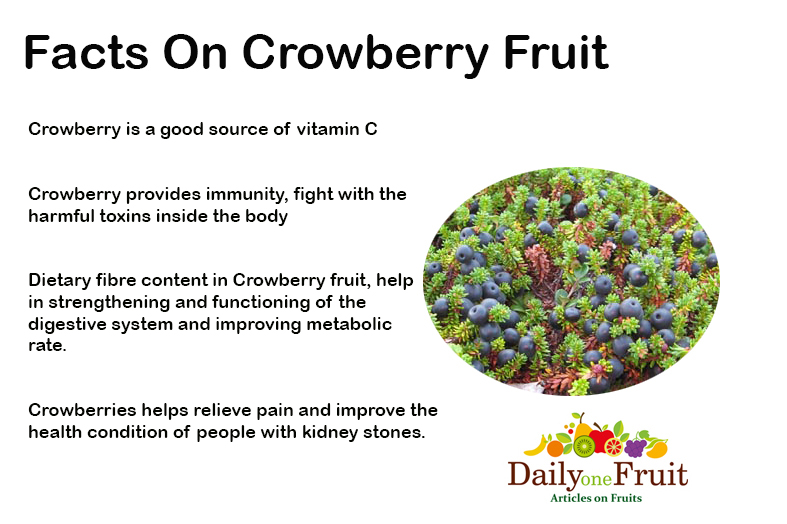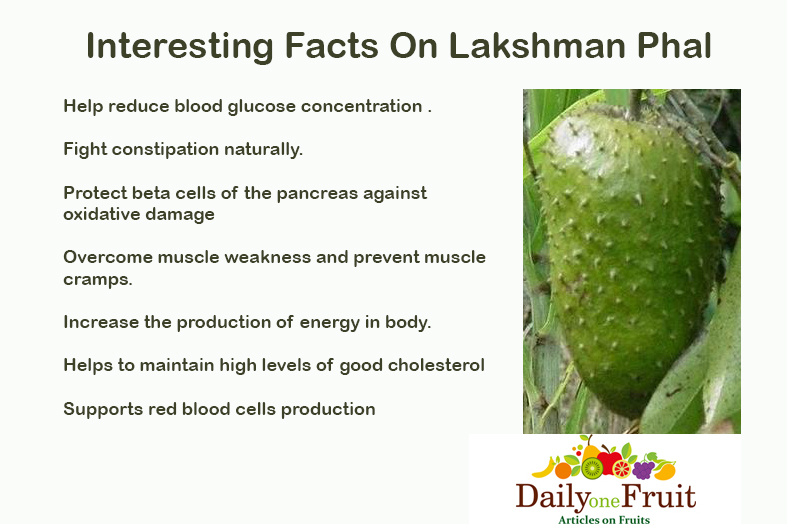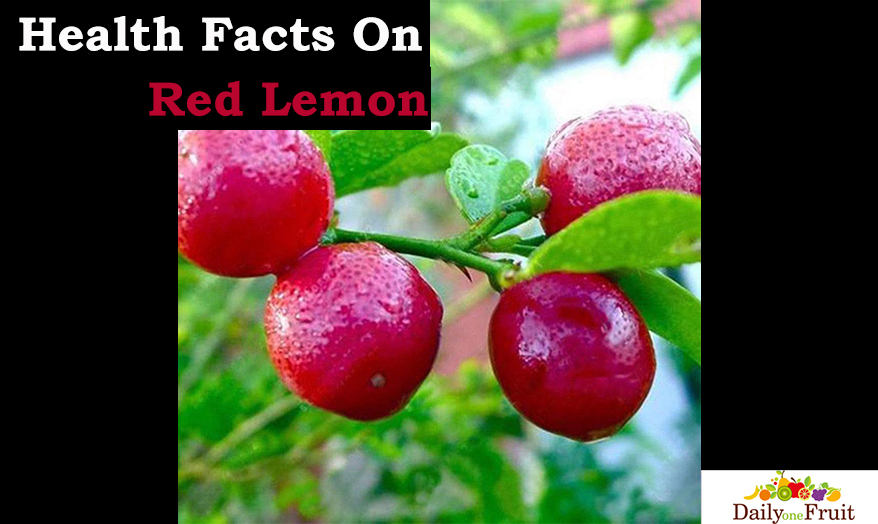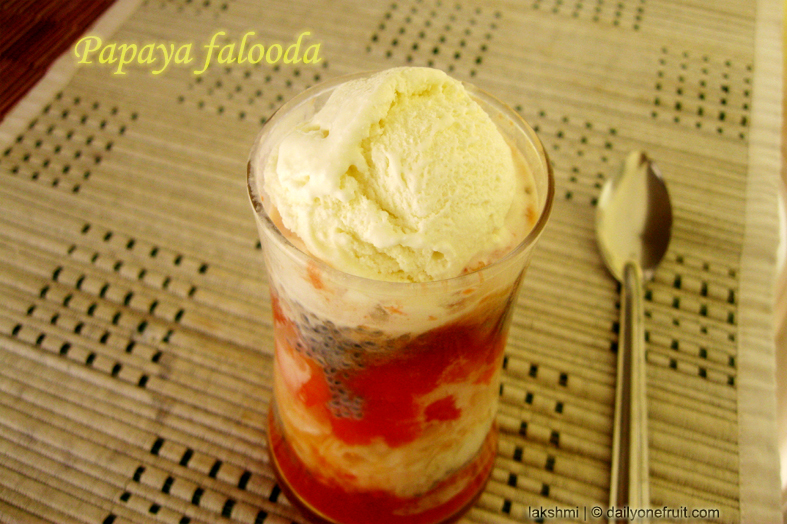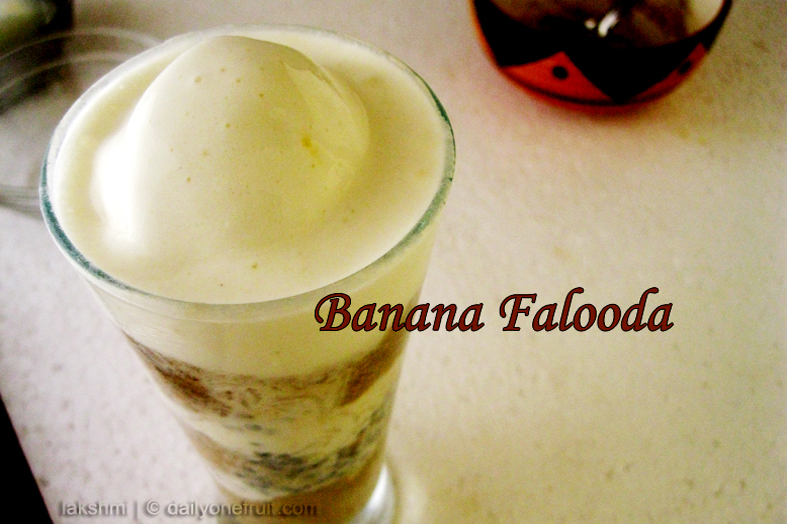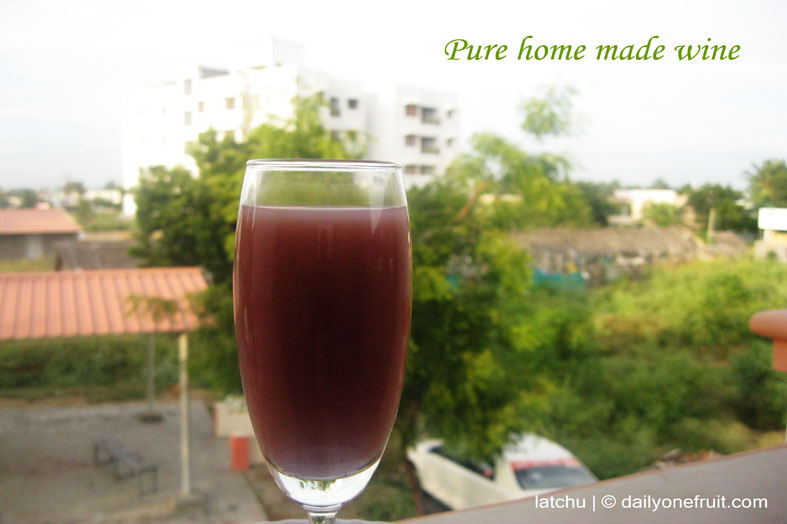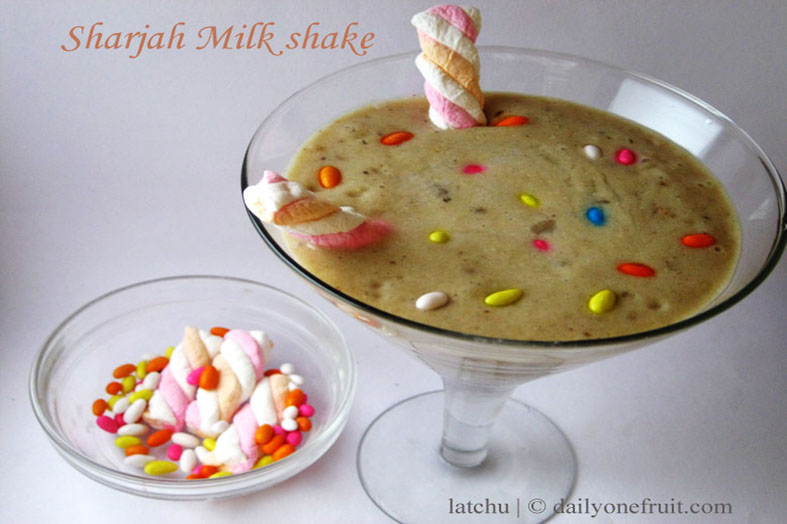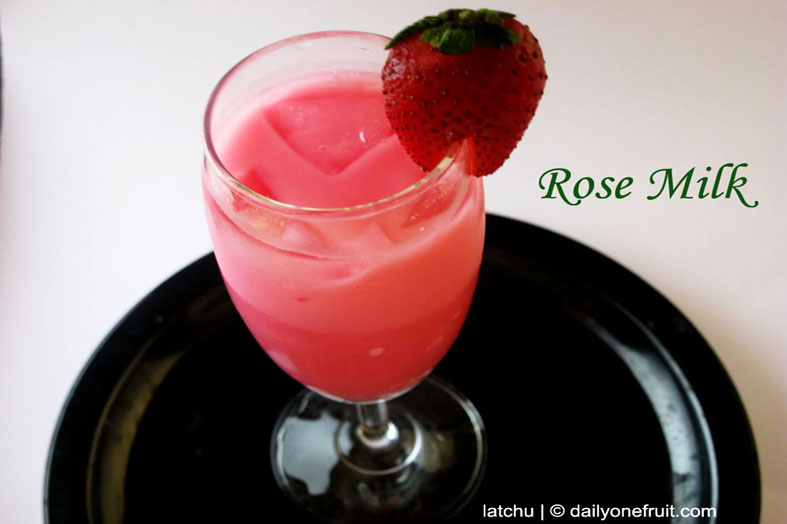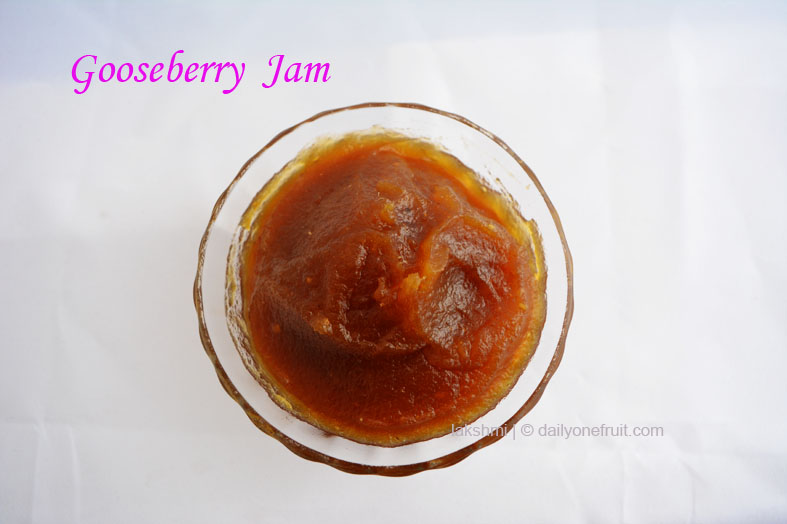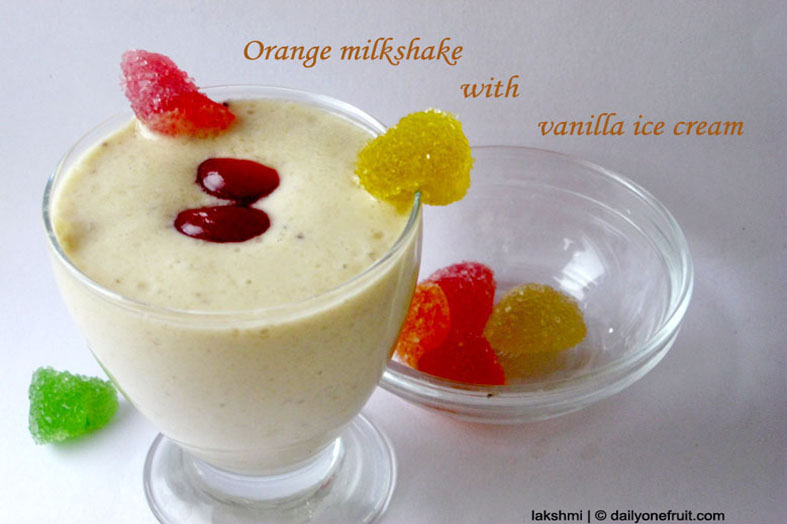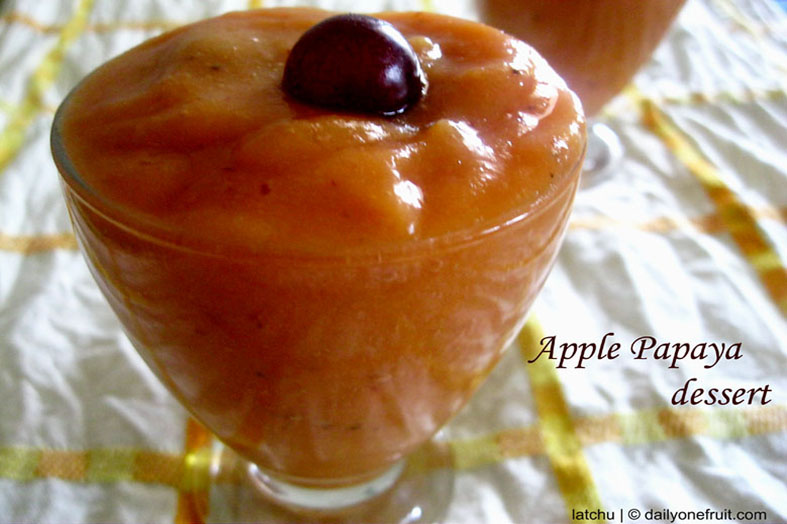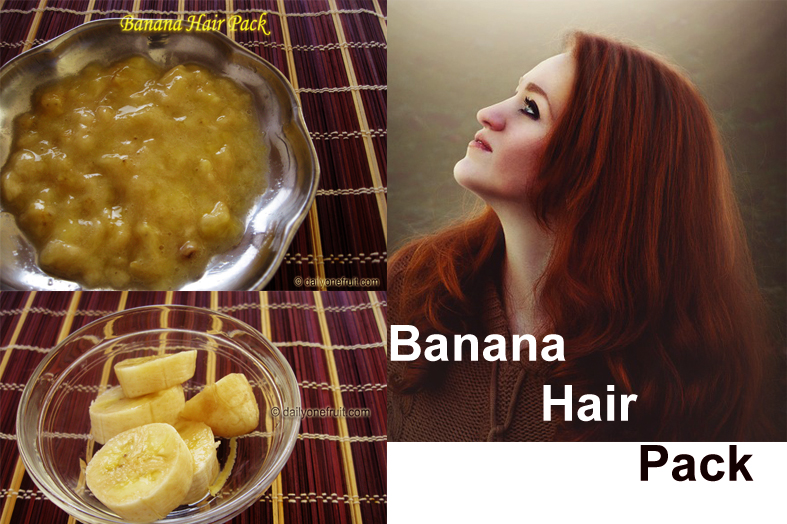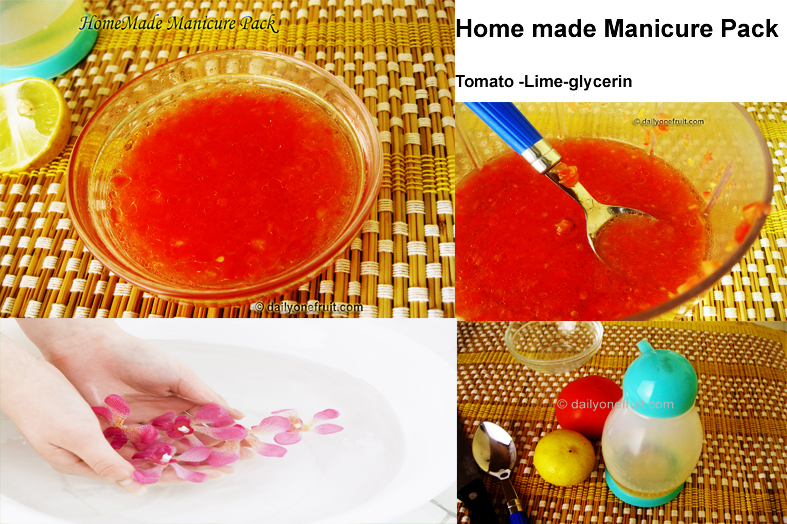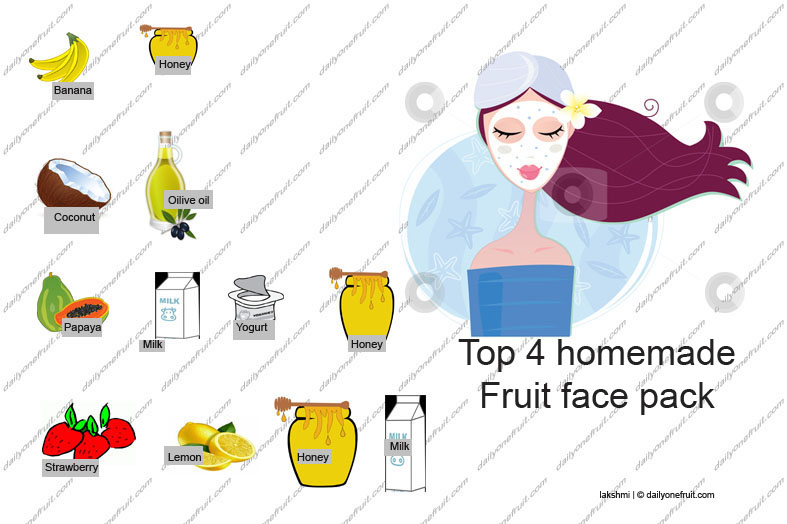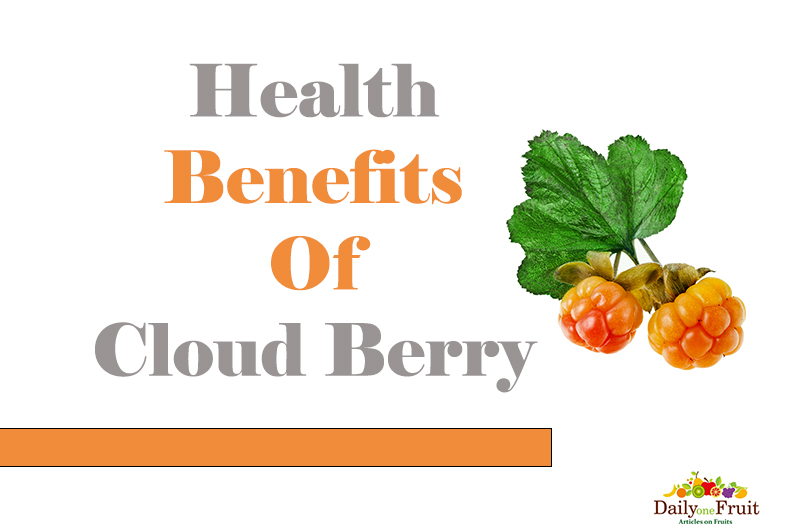
Health Benefits Of Cloud Berry
Cloud Berry is scientifically called as “ Rubus chamaemorus ”.
ORIGIN OF CLOUD BERRY
Rubus chamaemorus is a species of flowering plant in the rose family Rosaceae, native to cool temperate regions, alpine and arctic tundra and boreal forest.
OTHER NAMES OF CLOUD BERRY
salmonberry, yellowberry, bakeberry, malka, baked apple berry, cloudberry, Nordic berry, bakeapple, knotberry, knoutberry (in England), aqpik , low-bush salmonberry (in Alaska – not to be confused with salmonberry, Rubus spectabilis), averin , evron (in Scotland).
APPEARANCE OF CLOUD BERRY
Cloudberries are a berry fruit that look like a smaller version of raspberries with vibrant yellow-orange skin.
Cloudberries Fruit made up of six to eight small, clustered drupes, resembling a raspberry.
The colour of the Cloudberries fruit changes as it ripens.
TASTES OF CLOUD BERRY
The Cloudberries fruit of the cloudberry has a tangy flavour
Cloudberries have a fresh slightly sharp taste that some describe as a cross between redcurrants and raspberries. When cooked they have a more savoury, almost spicy, flavour.
NUTRITIONAL CONTENTS OF CLOUD BERRY
Cloudberries per 100 grams
• Calories: 51kcal
• Carbohydrates: 8.60g
• Fibre: 1.0g
• Sugars: 7.30g
• Fat: 0.80g
• Protein: 2.40g
• Vitamin C: 158mg
• Vitamin K1: 8.60mcg
• Vitamin E: 1.61mg
• Niacin(V-B3): 0.90mg
• Folate: 17mcg
• Riboflavin(V-B2): 0.07mg
• Pyridoxine(V-B6): 0.08mg
• Thiamine(V-B1): 0.05mg
• Pantothenic Acid(V-B5): 0.17mg
• Choline: 7.60mg
• Vitamin A: 10.5mcg RAE
• Manganese: 0.51mg
• Magnesium: 41.0mg
• Potassium: 231.0mg
• Zinc: 0.70mg
• Iron: 0.70mg
• Phosphorous: 35.0mg
• Copper: 0.05mg
• Calcium: 18.0mg
• Selenium: 0.40mcg
• Sodium: 0.60mg
Health Benefits Of Cloud Berry
Aids Digestive Health
The dietary fibre in the cloudberry makes it essential in regulating the digestive system. Fibre reduce constipation, cramping, bloating and other serious conditions like cancer and gastric ulcers.
Possesses antioxidant properties
Vitamin C, Cloudberries contain phytosterols and carotenoids – substances with antioxidant properties.Ellagic acid, a powerful antioxidant that protects the body from malignant tumours and premature aging.
Helps detoxification
Cloudberries act as a diuretic, which helps stimulate urination, eliminating excess water, fat and salts. Berries are useful for cleansing the liver and reducing the burden on the kidneys.
Maintains Heart Health
Cloudberries have a distinct component, which most fruits lack such as omega 6 and omega 3 fatty acids, which are both essential for heart health. This is one of the best health benefits of cloud berry and can help to protect LDL from oxidation.
Improves Circulation
Cloud berries are oozing with iron and other minerals. This is essential for blood circulation and a key component in the production of red blood cells.
Boost Immunity
The high levels of vitamin A and vitamin C makes cloud berries beneficial for immunity. The vitamin C is essential in stimulating the production of white blood cells and may act as an antioxidant that neutralizes the free radicals all over the body.
Fortifies Bone Health
One of the most important elements for having healthy bones is magnesium, because this element is increasing the uptake of calcium by our body.
Rejuvenates Eyes
Vitamin C forms collagen, a protein that provides structure to our eyes.These Vitamins may protect against cataracts and help prevent the progression of AMD,eating Cloudberry removes problems related to the eyes.
Enhances Skin Health
Cloudberry is packed with Vitamin C and Vitamin E that brighten and energize dull complexions, shields from harmful free radicals that attack proteins like collagen.Omega-3 and Omega-6 fatty acids that act as skin’s protective help in retaining moisture and reduce fine lines.
Manages Blood Pressure
High blood pressure is one of the main reasons for several diseases . The mineral elements sodium, potassium, calcium and magnesium in the fruit play a central role in the normal regulation of blood pressure.
Eradicates Inflammation
Cloudberry is rich in polyphenols that have the ability to act as an excellent inflammation determent. Cloudberry also contains anthocyanin that has anti-inflammatory properties and might help to prevent or fight against gingivitis and rheumatoid arthritis.
Supports Kidney Function
Potassium found abundantly in the Cloud berry is extremely beneficial for increasing the stimulation of kidneys. Also, Cloud berry prevents stones from developing in the kidneys. Vitamins B1, B2, niacin, and Vitamin C is also act as antioxidant that protects cells.


